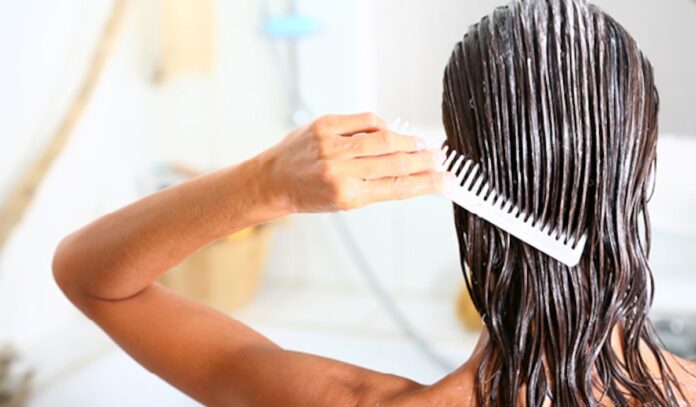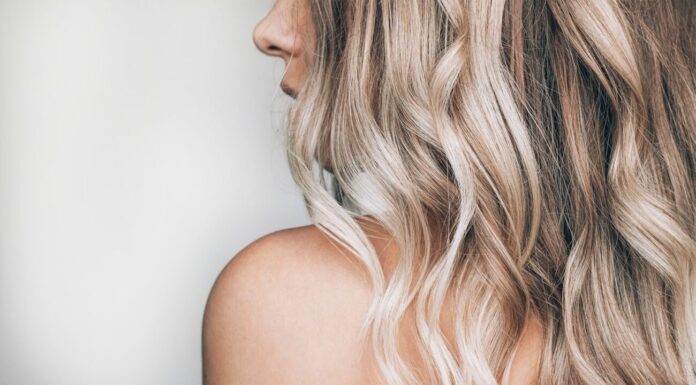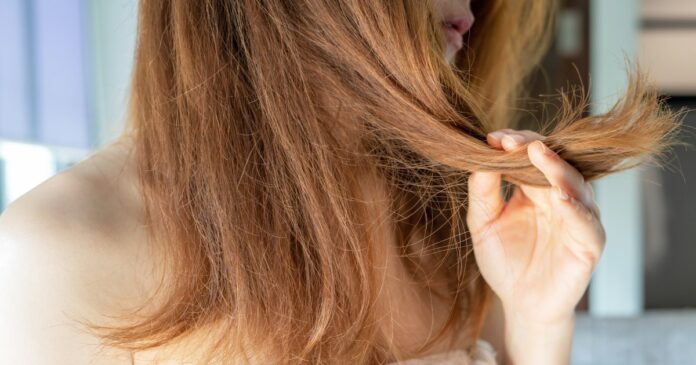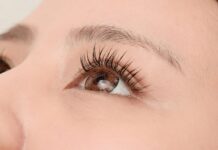You can’t have flowing, luxurious locks without caring for your hair’s health first. Environmental factors, your overall health, genetics, and the products you use all influence the state of your hair.
Your hair type, style preferences, and overall goals will largely dictate the best course of action for maintaining your mane. However, most advice is universal for a1nyone with a head of hair.
Your hair plays a huge role in your appearance and self-confidence; therefore, it deserves proper care and attention. Your strands also serve as a natural barrier to protect your scalp from damaging elements like pollutants, wind, and the sun.
Given your hair is such an essential part of your body’s appearance and function, developing an optimized care routine is important. Here are four easy ways to improve your hair health.
1. Nourish Your Hair Inside and Out

Nourishing your hair from the inside is critical to its overall well-being. Firstly, your diet plays a significant role in scalp and hair health. Hair mainly consists of protein, so ensure you eat enough foods like poultry, fish, lean meat, beans, and eggs.
A lack of zinc in your diet could lead to hair loss, so fill your plate with plenty of vegetables, fruits, and nuts. In addition, drinking enough water is crucial to keeping your scalp hydrated.
The products you put on your hair can be a tremendous source of nourishment. Oils and serums give your tired strands and scalp some much-needed hydration and are best to use about once a week.
A deep-conditioning mask is fantastic for dry hair, and an infusion hair treatment is great if you want to promote healthier locks. Always using conditioner after shampooing is another crucial step in nourishing your hair on the outside.
2. Stay on Top of Routine Maintenance
Regular washing and haircuts are foundational to the upkeep and health of your hair. How often you wash your hair depends largely on your hair type and the oiliness of your scalp.
If you have thicker, less oily hair, you could go several days or even a week without washing your tresses. Be mindful of how you use shampoo and conditioner. Shampoo should be mainly applied to the scalp, while conditioner should focus on the ends of your hair.
For haircuts, the general rule is to see your hairstylist every six to 12 weeks. Factors like color treatment, use of heat tools, hair texture, and style determine how often your locks need a trim.
Hair typically grows about half an inch monthly, which could be a factor in how often you visit the salon. Shorter hairstyles generally need more frequent trims to maintain their shape than longer ones do. Also, finer hair textures will likely need cuts more often since they are prone to more damage and breakage.
3. Get to Know Your Hair

Knowing your hair type and texture is vital to formulating a proper hair care routine. Whether you have straight, wavy, or curly hair will play a significant role in the best products and styles for you.
For example, if you have fine, oily hair, you’ll want products that control excess oil but don’t dry out your scalp. If your locks are dry and curly, you’ll want to grab some moisturizing products to fight frizz and enhance your curls.
The texture will also determine the best way to care for your tresses. You have fine hair if your strands feel thin and “barely there.” Thick, easily distinguishable strands fall into the coarse hair category, while everything in between is considered medium or normal texture.
Fine hair is generally more fragile, so go for products with argan or castor oil to protect against damage. Thicker hair can be drier than other types, making coconut oil, shea butter, and glycerin some ingredients to look for.
4. Avoid Damage

Unfortunately, damaging your hair is all too easy, thanks to routine styling, harsh product ingredients, and environmental factors. Heat tools like curling irons, straighteners, and blow dryers can harm your mane if misused.
When you use heat on your hair, apply a heat protectant spray and use a low setting. You should also avoid overdoing tight hairstyles, which can pull on hair and lead to breakage and loss. Excessive brushing or combing your hair when wet can also cause damage.
Products with sulfates and parabens can be particularly hard on your hair, so select formulas free of these ingredients. Hair coloring can also cause serious damage, especially if you’re doing an at-home dye job.
You’ll have much better luck with a professional hairstylist who can also advise you on how to care for your chemically treated hair. Remember that water hardness, UV rays, pollution, and humidity can also affect your hair’s health.
Loving Your Locks
A fabulous head of hair isn’t just about feeling great about your appearance — it’s also about how you take care of yourself.
You’ll have to do research and try out your fair share of products until you find what works best for your locks. While you will have to put in real effort to see results, remember that minor changes in routine can lead to major improvements.
Time and consistency are crucial for healthy hair, so be patient if you don’t get your desired results immediately. Incorporating the proper practices into your care regimen will gradually improve your hair’s look, feel, and health.
A good hair day can significantly boost your confidence, and you deserve to feel that way every single day.




